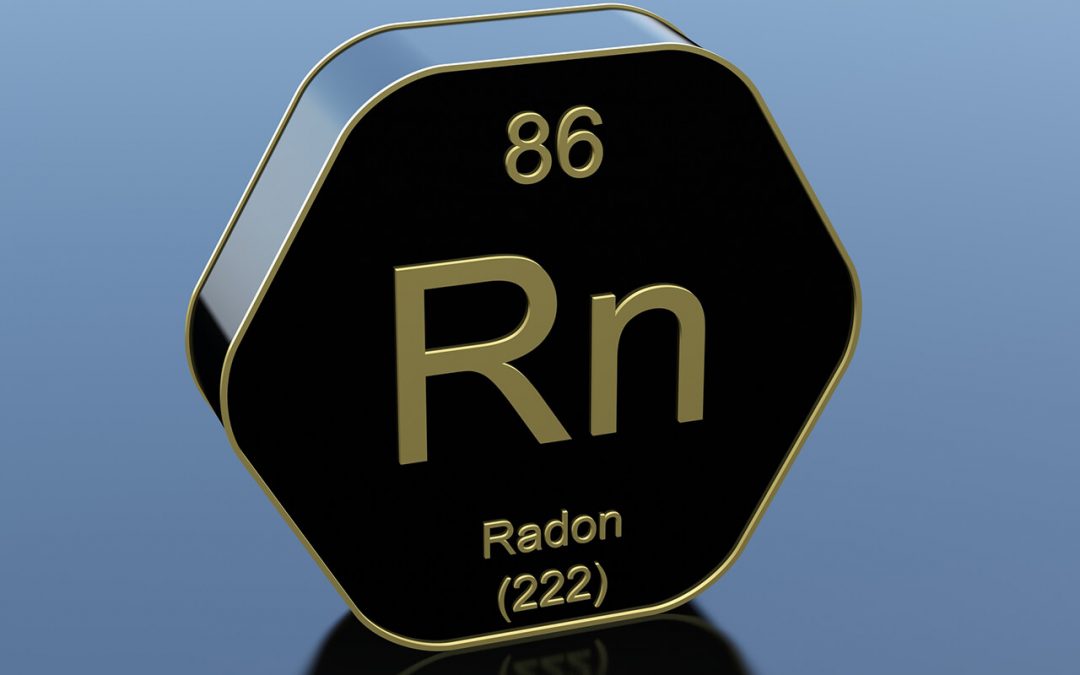Radon is a colorless, odorless, tasteless, and radioactive gas. It is the second leading cause of lung cancer in the US, second only to cigarette smoking. If your home has high levels of radon, you won’t know it without a test. Here are seven things to know about having your home tested for radon.
1. Having the Home Tested For Radon is the Only Way to Detect It
You cannot smell, taste, or see radon. Radon can go undetected for decades, with the only sign being a cancer diagnosis. The only way to determine radon levels is to have a test performed by a professional.
2. Radon Can Be Anywhere
Radon is a gas that forms when radioactive materials like uranium decay underground. It seeps up through the soil and gets trapped in homes. While some areas have more radon than others, this gas is found in all 50 states and around the world. Even in the same neighborhood, some houses may have high levels of radon while others do not.
3. A Radon Mitigation System Can Lower Levels
If your home has elevated levels of radon, install a radon mitigation system to lower those levels. Have your home tested for radon. After determining the levels on your property, consult a professional to discuss a radon mitigation system.
4. Have the Home Tested for Radon After the Change of Seasons
You might have had a radon test performed in the past and it was negative. However, radon levels can vary from one season to another, especially during the winter when homes are well-sealed to keep the cold air out. If your previous test was completed during the summer months, schedule another test during winter to verify the results.
5. Modifying the Home Can Increase Radon Levels
If you recently renovated your home or had an addition put on, have your home tested for radon again. New, better-sealed windows and doors can trap radon that might have escaped in the past.
6. The Seller’s Radon Test May Not be Accurate
It’s common to have a home tested for radon as part of a real estate transaction. However, if the seller performed their test themselves, it is likely to be inaccurate. DIY radon tests are often incorrect because of user error and inexperience. When moving into a new home, have the radon test performed by a professional so you can have confidence in the results.
7. One in 15 Homes has Dangerous Radon Levels
This simple fact should be enough to prompt you to have a radon test performed. It doesn’t matter what state you live in, when your home was constructed, or if you have a basement or not. Your home could easily have high levels of radon. Test for radon so that you can take proper steps to protect your family if there are unsafe levels in your home.
Custom Inspections LLC provides professional radon testing for homes in Southwest Missouri. Contact us to book your radon test and home inspection services.

